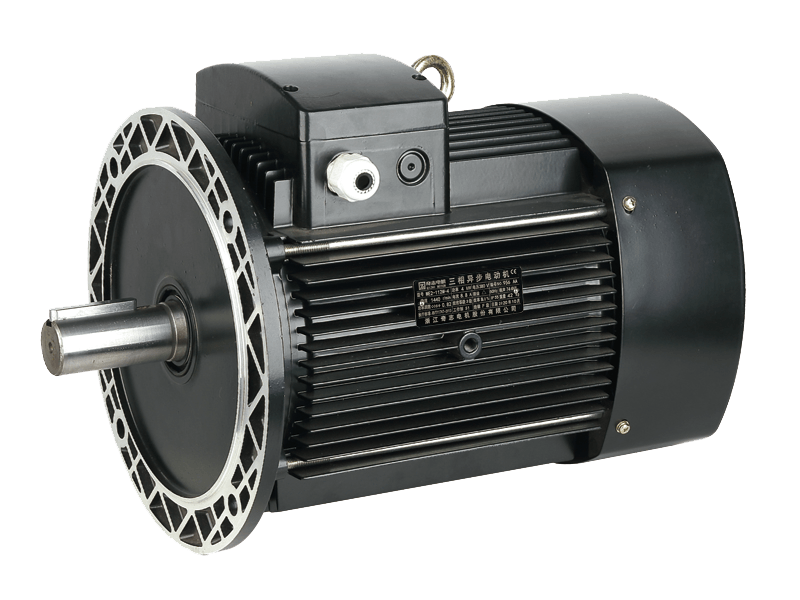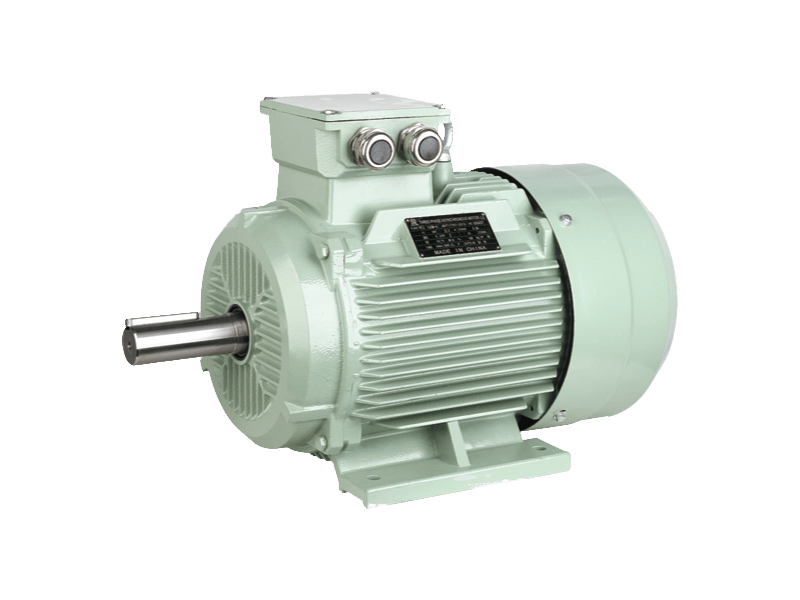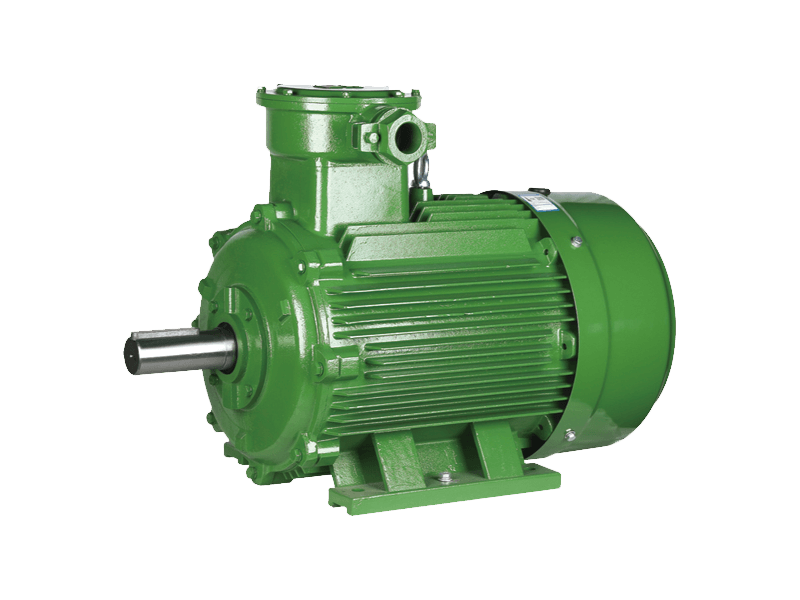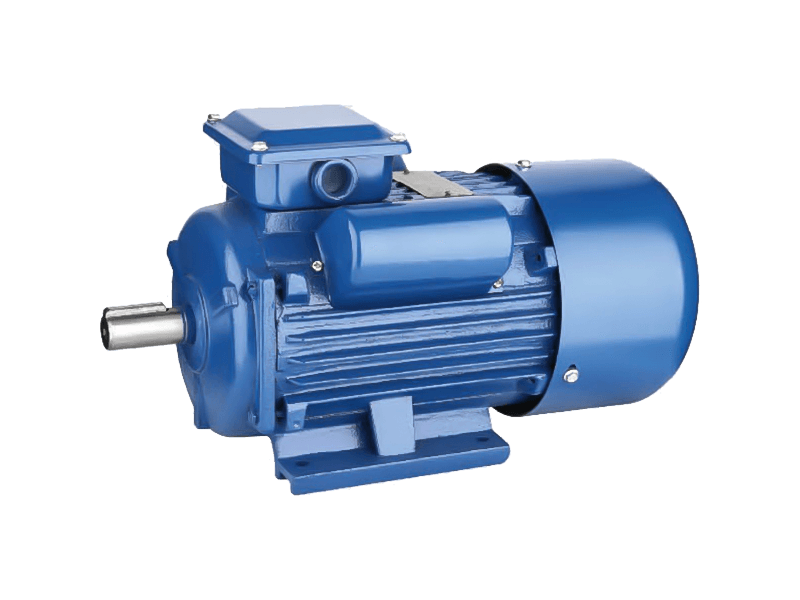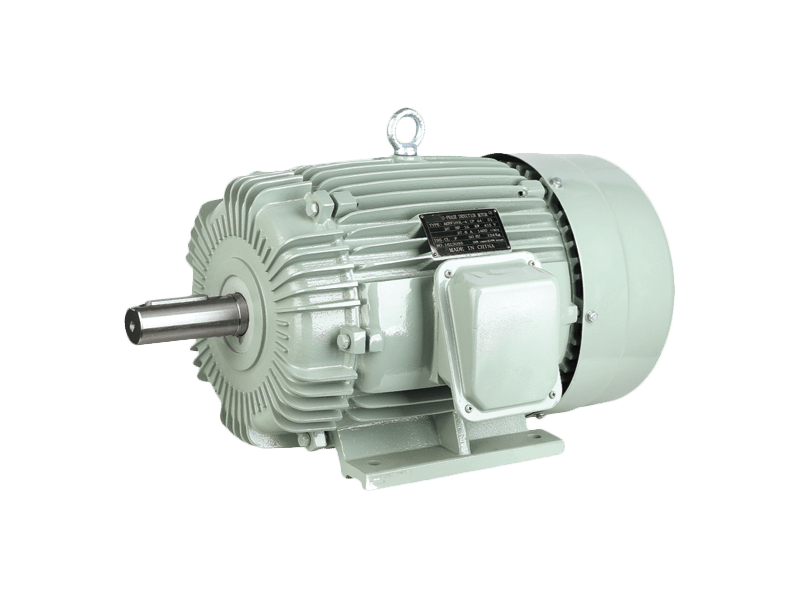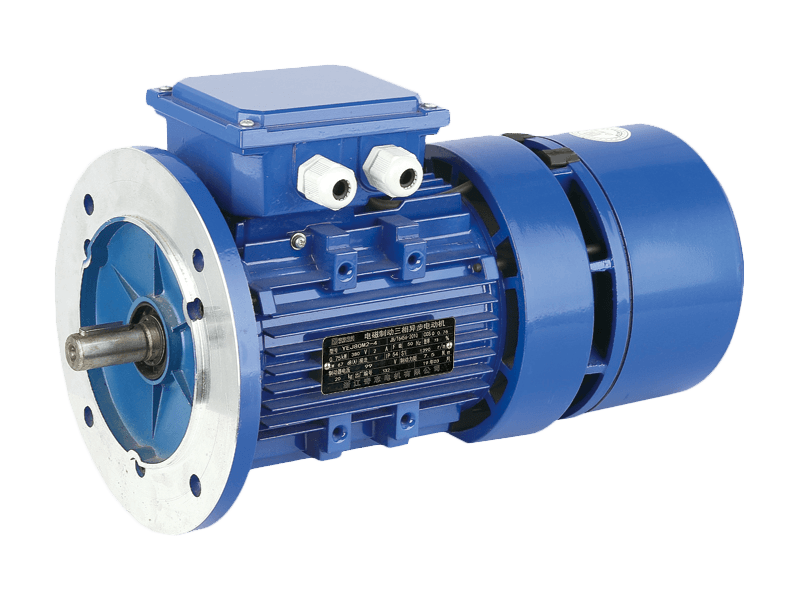The Pole-Changing Multi-Speed Three Phase Asynchronous Electric Motor is a vital component in modern industrial and commercial applications, where variable speed control and energy efficiency are important. These motors are engineered to offer multiple fixed operating speeds by altering the number of magnetic poles, enabling them to adapt to diverse mechanical loads without the need for complex electronic speed controls.
How the Motor Works
At the heart of the Pole-Changing Multi-Speed Three Phase Asynchronous Electric Motor is the principle of pole variation. The speed of an induction motor is inversely proportional to the number of magnetic poles in the stator winding. By reconfiguring the winding connections, these motors can switch between different pole configurations, effectively altering their synchronous speed. This mechanical adaptability eliminates the need for external frequency converters or variable frequency drives (VFDs), which simplifies installation and reduces maintenance.
For example, a Pole-Changing Multi-Speed Three Phase Asynchronous Electric Motor may be designed to operate at 4 poles (1500 RPM) or 8 poles (750 RPM) at a constant frequency of 50 Hz. This dual-speed capability is especially useful in applications such as fans, pumps, and compressors, where load requirements fluctuate and energy savings are critical.
Applications in Industry
The versatility of the Pole-Changing Multi-Speed Three Phase Asynchronous Electric Motor makes it suitable for a broad range of applications. In HVAC systems, they are commonly used to adjust airflow based on environmental conditions, significantly reducing energy consumption during off-peak periods. Similarly, in manufacturing processes such as textile spinning or material conveyance, the ability to switch speeds ensures that the motor operates efficiently under varying load conditions.
Another key area where the Pole-Changing Multi-Speed Three Phase Asynchronous Electric Motor excels is in crane and hoist operations. The dual or multi-speed settings allow for both rapid movement and precise positioning, which is critical for safety and productivity in heavy-duty lifting environments.
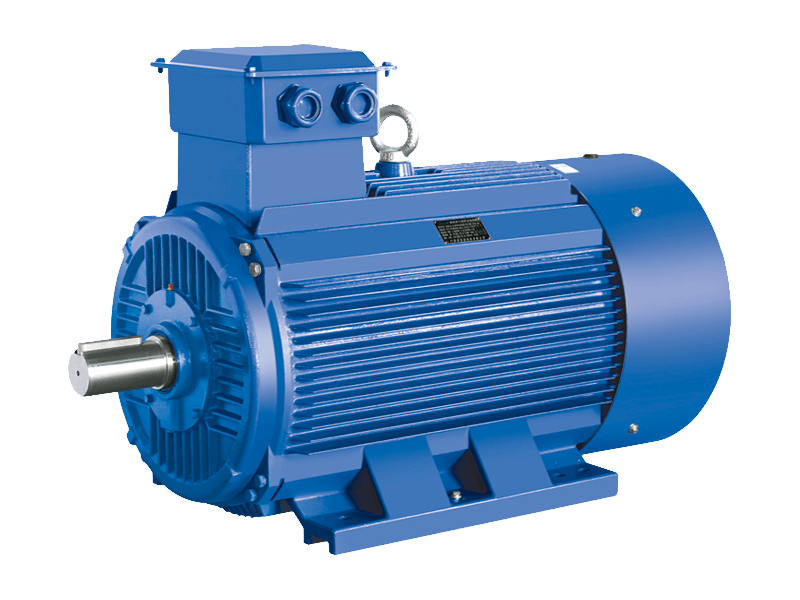
Benefits of Pole-Changing Motors
There are several advantages to using a Pole-Changing Multi-Speed Three Phase Asynchronous Electric Motor, including:
Energy Efficiency: By running the motor at the efficient speed for the load, users can reduce energy consumption, lowering operational costs.
Simplicity and Reliability: Without the need for electronic controllers, these motors are easier to maintain and generally more robust in harsh environments.
Cost-Effective: The absence of additional speed-control components translates to lower initial investment and reduced system complexity.
Longer Lifespan: Because the motor operates closer to good load conditions, it experiences less thermal and mechanical stress, increasing its durability.
Reduced Downtime: With fewer electronic components susceptible to failure, systems powered by Pole-Changing Multi-Speed Three Phase Asynchronous Electric Motors often experience less unplanned downtime.
Limitations and Considerations
Despite its advantages, the Pole-Changing Multi-Speed Three Phase Asynchronous Electric Motor is not suitable for all applications. It offers fixed speed ratios only and lacks the flexibility of motors controlled by modern VFDs. Additionally, switching speeds may cause mechanical or electrical transients if not properly managed, necessitating careful design of the control systems.
Furthermore, the physical size of the motor may increase with additional windings, and initial design and customization might be more complex compared to standard induction motors. Nevertheless, for applications where precise fixed-speed performance is acceptable, the Pole-Changing Multi-Speed Three Phase Asynchronous Electric Motor remains a good solution.
